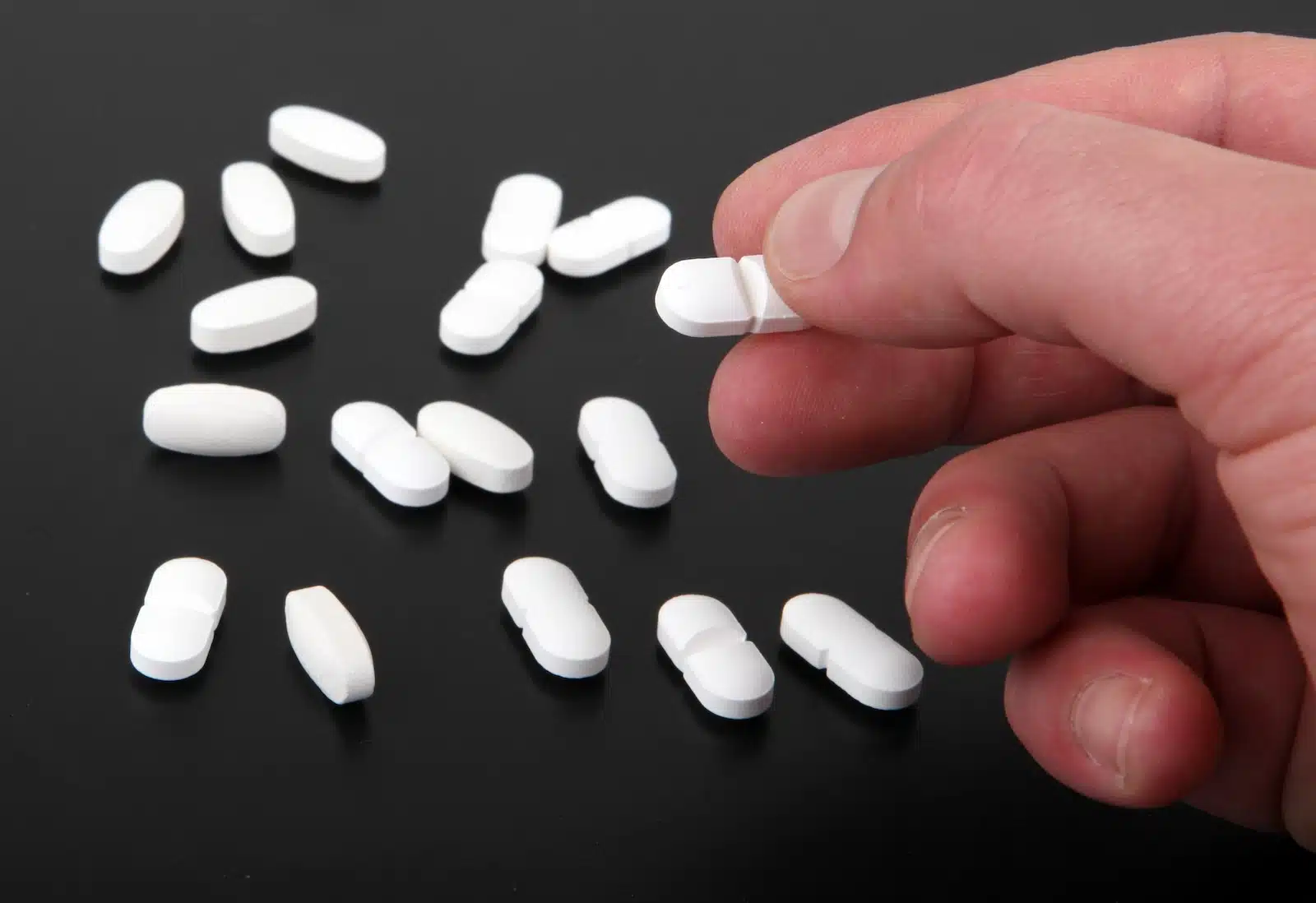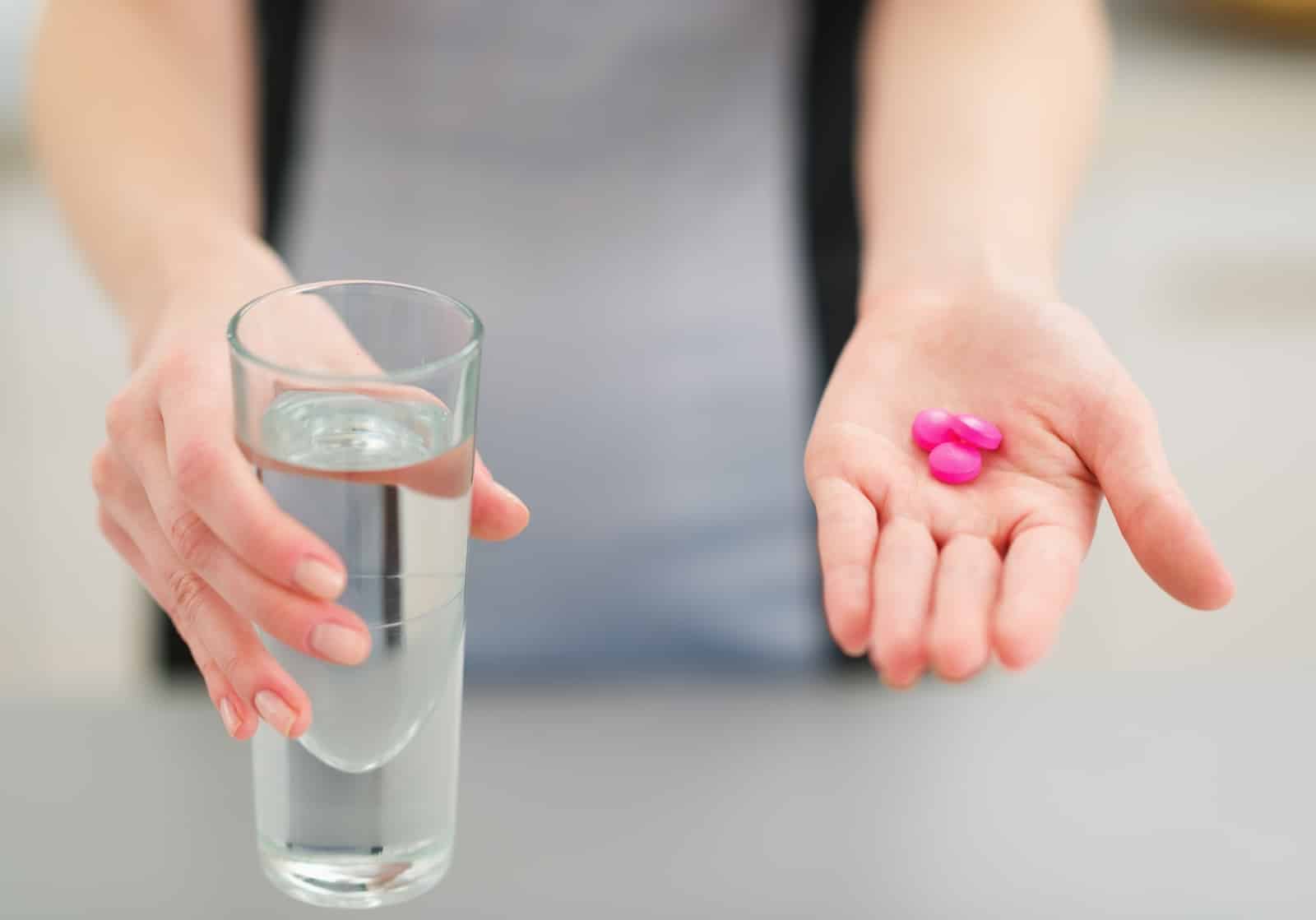Substances
Concerta vs. Ritalin Comparisons: Differences, Uses, Side Effects
Medically Reviewed By
Written By
Last medically reviewed April 28, 2025
Substances
Medically Reviewed By
Written By
Last medically reviewed April 28, 2025

Concerta and Ritalin are two brand-name versions of the prescription medication methylphenidate hydrochloride, a drug used to treat attention deficit hyperactivity disorder (ADHD). These drugs differ in how they’re formulated and prescribed and how long their effects last.
Learn more about the similarities and differences between Concerta and Ritalin, their common side effects, their uses, and how to choose the right one.
Ritalin is the brand name of a methylphenidate medication, a stimulant medication used to treat ADHD and narcolepsy in children and adults. It has several versions:
These versions of Ritalin have some differences, including:[1]
Concerta is a brand-name version of methylphenidate, an oral stimulant medication that’s used to treat ADHD in adults and children. It comes in ER tablets that can work for up to 8 hours, which is longer than other ADHD medications on the market.[3] Concerta may provide up to 12 hours of relief in some cases.
Both Concerta and Ritalin are used to treat ADHD, but they can be prescribed to treat narcolepsy. Issues with dopamine activity in the brain are common in people with ADHD, leading to low attention span, hyperactivity, impulsivity, and forgetfulness.[4] These drugs can increase dopamine activity in the brain to relieve these symptoms.
Narcolepsy is a rare sleep condition with symptoms like excessive daytime sleepiness, muscle weakness, hallucinations, and sleep paralysis. One of the possible causes of narcolepsy is a depletion of specific brain cells that produce hypocretins, or chemicals that affect the sleep-wake cycle and prevent deep sleep from occurring at inappropriate times.[5]
Concerta and Ritalin both increase the levels of dopamine and norepinephrine in the brain, improving alertness and relieving some of the symptoms of narcolepsy.

Concerta and Ritalin have different formulations and dosages. Because of the risks, both Concerta and Ritalin should be prescribed at the lowest effective dosage for the shortest period.
Concerta is prescribed at 18 mg once per day for first-time children and adolescents. This dose is slowly increased until symptoms are relieved, up to a maximum daily dose of 54 mg per day for children 6-12 years old and 72 mg per day for adolescents and adults.
Adults start at 18 mg or 36 mg per day, which can be increased by 18 mg each week until the maximum daily dose.[6]
Concerta is inappropriate for children under 6 years old or adults over 65.
Ritalin dosage depends on the specific formulation.
Ritalin IR should be divided into two or three smaller doses throughout the day to maintain proper dopamine and norepinephrine levels.
Children have a starting dosage of 5 mg of Ritalin twice per day, which may be gradually increased by 5 mg to 10 mg each week until reaching the maximum daily dose of 60 mg. The usual dosage for adults is 20-30 mg of Ritalin per day in divided doses, but the dose may be adjusted as needed.[7]
Ritalin SR and Ritalin LA are slow-release medications with fewer daily doses. The doses start at 20 mg, which can be gradually increased in 10-mg increments weekly until the maximum daily dose of 60 mg daily is reached.
Methylphenidate is found in both Concerta and Ritalin, so they have similar common side effects:
In some cases, Concerta and Ritalin can trigger or exacerbate psychiatric or mental health problems in children and adults. These can include bipolar disorder, aggression, cognitive impairments, and behavioral issues. Hallucinations or delusions may occur in children and adolescents.
Though rare, methylphenidate hydrochloride can cause problems with the heart and circulatory system, including high blood pressure and heart rate that increases the risk of heart attack and stroke.[8]
An extremely rare side effect of Ritalin is sudden death, which happens in people with existing heart conditions or defects.[9] Your heart should be monitored while taking these drugs, and be sure to tell your doctor if you have a personal or family history of heart or circulatory problems.
Some other side effects of methylphenidate hydrochloride include:
Both Concerta and Ritalin have similar drug interactions, including MAO inhibitors (MAOIs), tricyclic antidepressants, and selective serotonin reuptake inhibitors.
Central nervous system (CNS) stimulant medications like methylphenidate hydrochloride can build up a tolerance for the drug with long-term use. You will need more and more of it to get the same effects. If you take higher doses or take the drug for a longer period of time, dependence is likely, leading to withdrawal symptoms if you stop or drastically reduce your dose.
Stimulant withdrawal isn’t usually life-threatening, but it can be uncomfortable and intense. It’s possible to experience an increase in the symptoms of ADHD, as well as depression, fatigue, and sleep issues.
If you want to stop taking Concerta or Ritalin or want to take lower dosages, you will need to talk to your doctor about a taper schedule to wean yourself off the drug and reduce withdrawal symptoms. Never try to stop taking Concerta or Ritalin on your own.
Overdose is possible with Concerta or Ritalin. This is an emergency that requires prompt medical care to prevent complications. If you think someone is overdosing, call 911 immediately.
Concerta and Ritalin are Schedule II controlled substances, and both have a risk of addiction because of their primary ingredient, methylphenidate hydrochloride. These drugs can bring relief for ADHD symptoms, but they also cause euphoria, alertness, and a feeling of calm and well-being that can be pleasurable. Some people may misuse Concerta or Ritalin to get these pleasurable effects.
People may misuse Concerta or Ritalin for other reasons, including as a study aid for students to stay up all night and focus on their schoolwork. While this is a common use, it negatively impacts academic performance.[10]
Stimulant misuse is taking larger doses of a legitimate prescription drug or taking it for longer periods than intended. Some people may purchase or steal stimulant prescription drugs from family or friends, however.
Stimulant drugs like Concerta and Ritalin are available on illicit markets as well. While prescription drugs are dangerous to misuse, there’s an increased risk of using Concerta or Ritalin from an illicit source. Prescription drugs go through rigorous processes to ensure safety and proper handling, while illicit drugs don’t. You can’t be sure the dosage, ingredients, or the drug is right. Many prescription medications sold illicitly are counterfeit and aren’t the drug they’re supposed to be, so you can’t be sure what you’re getting.[11]
Concerta and Ritalin can be addictive with misuse and prolonged use. If you misuse Concerta or Ritalin, the risk of addiction is much higher. An addiction to stimulant medication is a stimulant use disorder.
Addiction can be difficult to overcome, especially if you rely on your stimulant medication to treat the symptoms of ADHD. Help is available, however. Addiction treatment for a stimulant use disorder may include medical detox for withdrawal, followed by an inpatient or outpatient addiction treatment program with talk therapy, group counseling, and behavioral therapies like dialectical behavior therapy and cognitive behavioral therapy.
Concerta and Ritalin are two brand-name versions of methylphenidate. The differences between them are mainly their dosages and the duration of their effects, but some people may experience better results with one drug over the other.
Concerta and Ritalin have the same active ingredient, so one isn’t “stronger” than the other. They have different formulations and dosages that deliver methylphenidate differently, so Concerta has longer-lasting doses than Ritalin.
Concerta and Ritalin are the same ADHD stimulant medication, methylphenidate, but they’re different brands and versions. The main difference is the type of pill and how often it’s dosed because Concerta is a long-acting drug.
Ritalin and Concerta have different standard dosages based on how they’re formulated and how quickly the effects occur. You can’t use Ritalin and Concerta interchangeably or convert the doses reliably. Talk to your doctor about switching or adjusting your medication.
[1] Ritalin: Uses, dosage, side effects & warnings. Drugs.com. (n.d.). Retrieved from https://www.drugs.com/ritalin.html on 2024, November 9.
[2]MediLexicon International. (n.d.-b). Concerta vs. Ritalin: Differences, side effects, and dosage. Medical News Today. https://www.medicalnewstoday.com/articles/325656#
[3] Concerta: Uses, dosage & side effects. Drugs.com. (n.d.-a). Retrieved from https://www.drugs.com/concerta.html on 2024, November 9.
[4] Wu, J., Xiao, H., Sun, H., Zou, L., & Zhu, L.-Q. (2012, May 19). Role of dopamine receptors in ADHD: A systematic meta-analysis – molecular neurobiology. SpringerLink. Retrieved from https://link.springer.com/article/10.1007/s12035-012-8278-5 on 2024, November 9.
[5] Siegel, J. M., & Boehmer, L. N. (2006, October). Narcolepsy and the hypocretin system–where motion meets emotion. Nature clinical practice. Neurology. Retrieved from https://www.ncbi.nlm.nih.gov/pmc/articles/PMC8766427/ on 2024, November 9.
[6] Concerta: Uses, dosage & side effects. Drugs.com. (n.d.-a). Retrieved from https://www.drugs.com/concerta.html#dosage on 2024, November 9.
[7] Ritalin: Uses, dosage, side effects & warnings. Drugs.com. (n.d.-c). Retrieved from https://www.drugs.com/ritalin.html#dosage on 2024, November 9.
[8] Mayo Foundation for Medical Education and Research. (2024, February 1). Methylphenidate (oral route) side effects. Mayo Clinic. Retrieved from https://www.mayoclinic.org/drugs-supplements/methylphenidate-oral-route/side-effects/drg-20068297?p=1 on 2024, November 9.
[9] Ritalin-SR – accessdata.fda.gov. (n.d.). Retrieved from https://www.accessdata.fda.gov/drugsatfda_docs/label/2017/010187s087lbl.pdf on 2024, November 9.
[10] Weyandt, L. L., Oster, D. R., Marraccini, M. E., Gudmundsdottir, B. G., Munro, B. A., Rathkey, E. S., & McCallum, A. (2016, October). Prescription stimulant medication misuse: Where are we and where do we go from here?. Experimental and clinical psychopharmacology. Retrieved from https://www.ncbi.nlm.nih.gov/pmc/articles/PMC5113141/ on 2024, November 9.
[11] United States Drug Enforcement Administration. One Pill Can Kill | DEA.gov. (n.d.). Retrieved from https://www.dea.gov/onepill on 2024, November 9.